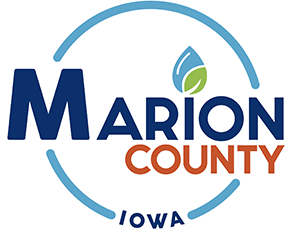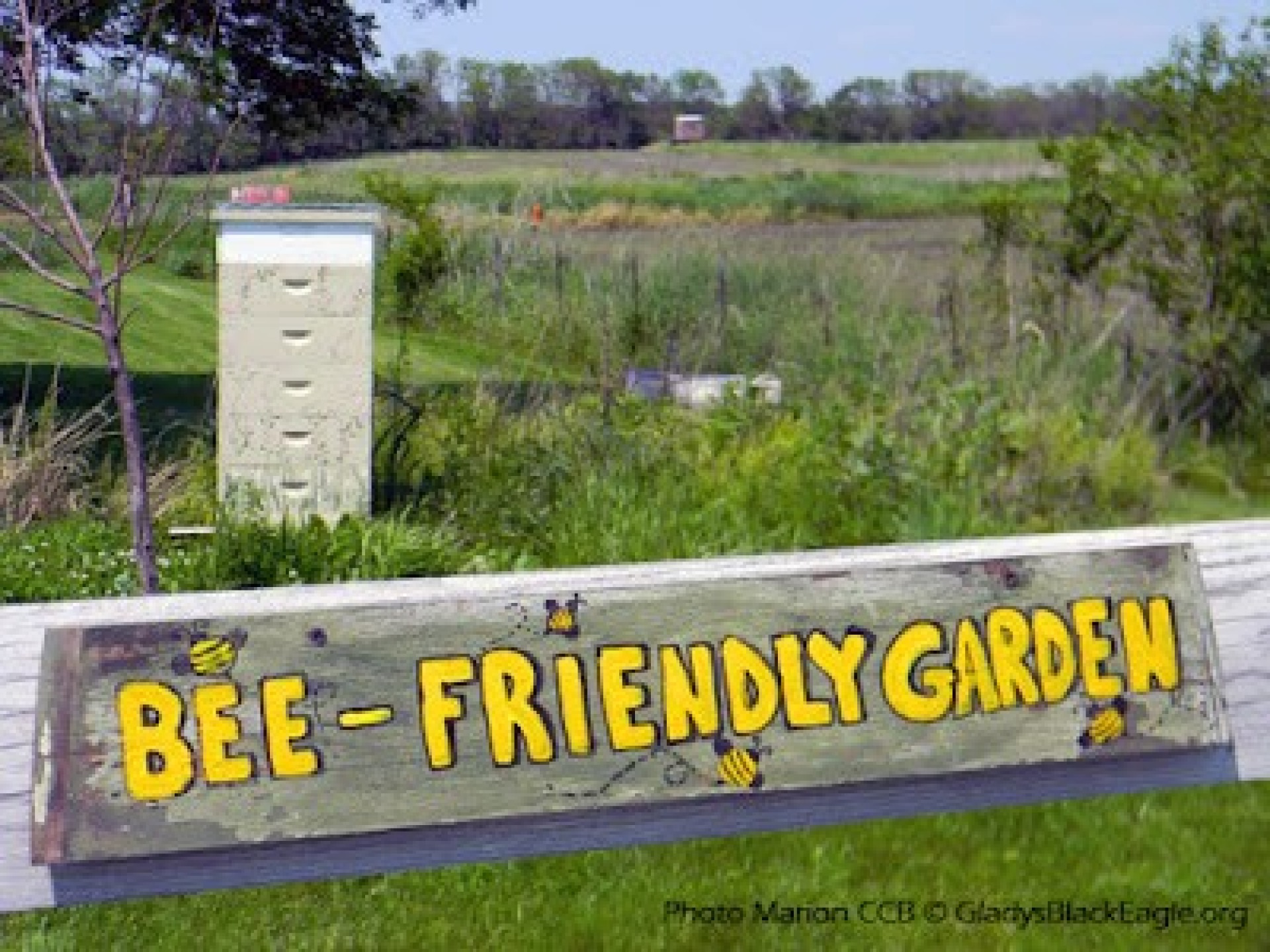Oh, HONEY, where are you?
Marla Mertz, Marion County Naturalist
Oh, the things that come to mind when you are sitting at the computer sipping tea. One of the current “HOT” topics in nature includes the decline of our pollinators; our birds, bees, ants, bats, moths, butterflies, beetles, wasps, and mammals. These pollinators, commonly called pests, are so necessary in our daily lives. The diversity of native species, including wildlife and plants, impacts the lives of all of us. When learning about pollinators, it is important to understand where our foods begin and where would we be without these pollinators.
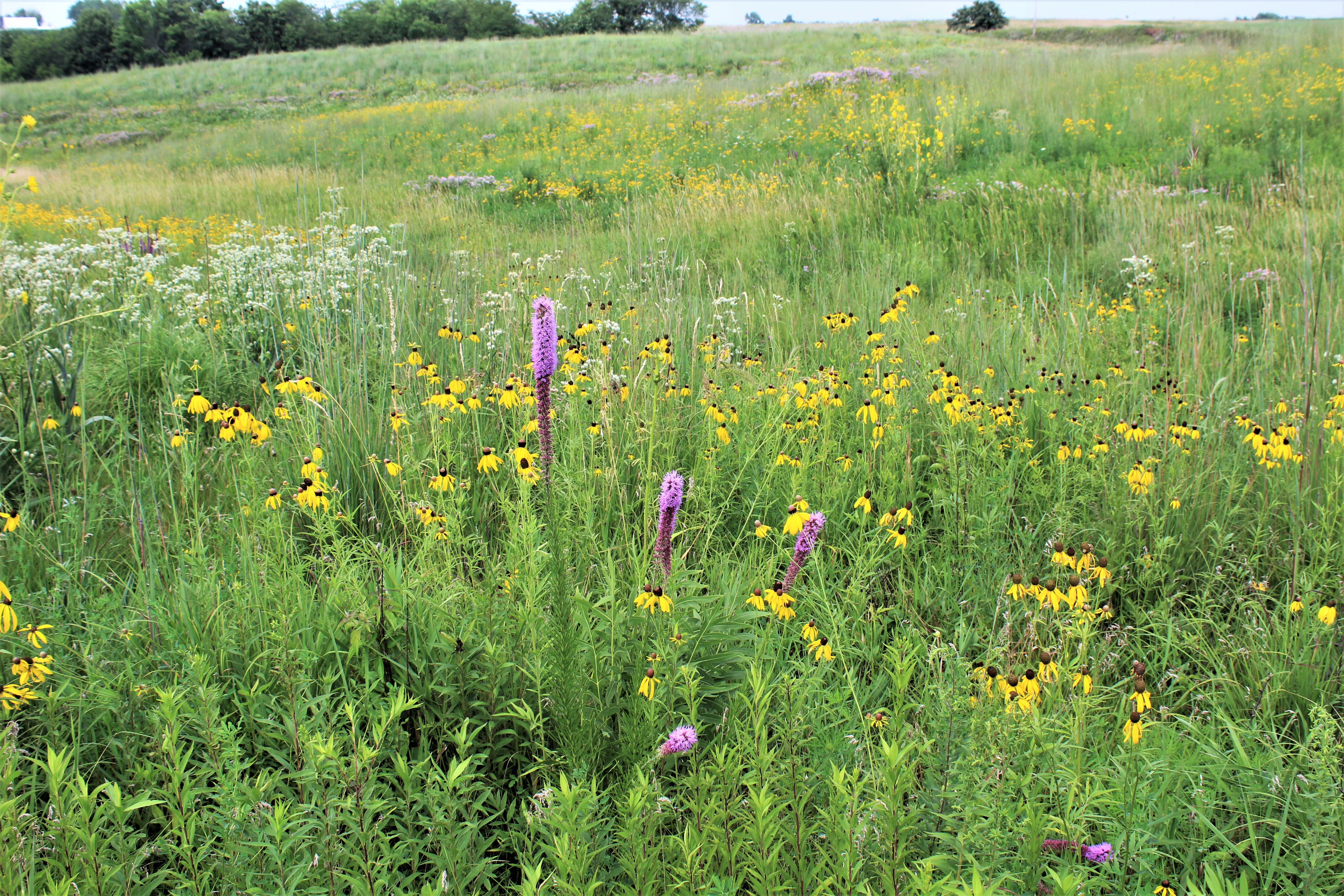
Let’s begin with plants. We all know plants beautify our surroundings, but did you know they help produce all the food animals and humans eat? Even meat! All of the animals that provide meat are grain, grass, and plant eaters. Plants are the only living organism that can convert light energy from the sun into food and produce oxygen that we take out of the air to live (photosynthesis). All the oxygen available for living organisms comes from plants and they take in our carbon dioxide (CO2)... We breathe their breath, they breathe ours. How cool is that! Plants provide food, habitats for animals, shelter, and safety. We rely on plant sources for shelter, as well as, food, fibers, and medicines. Many communities rely on coal and natural gas which are considered “fossil” fuels that are made from plants that are millions of years old.
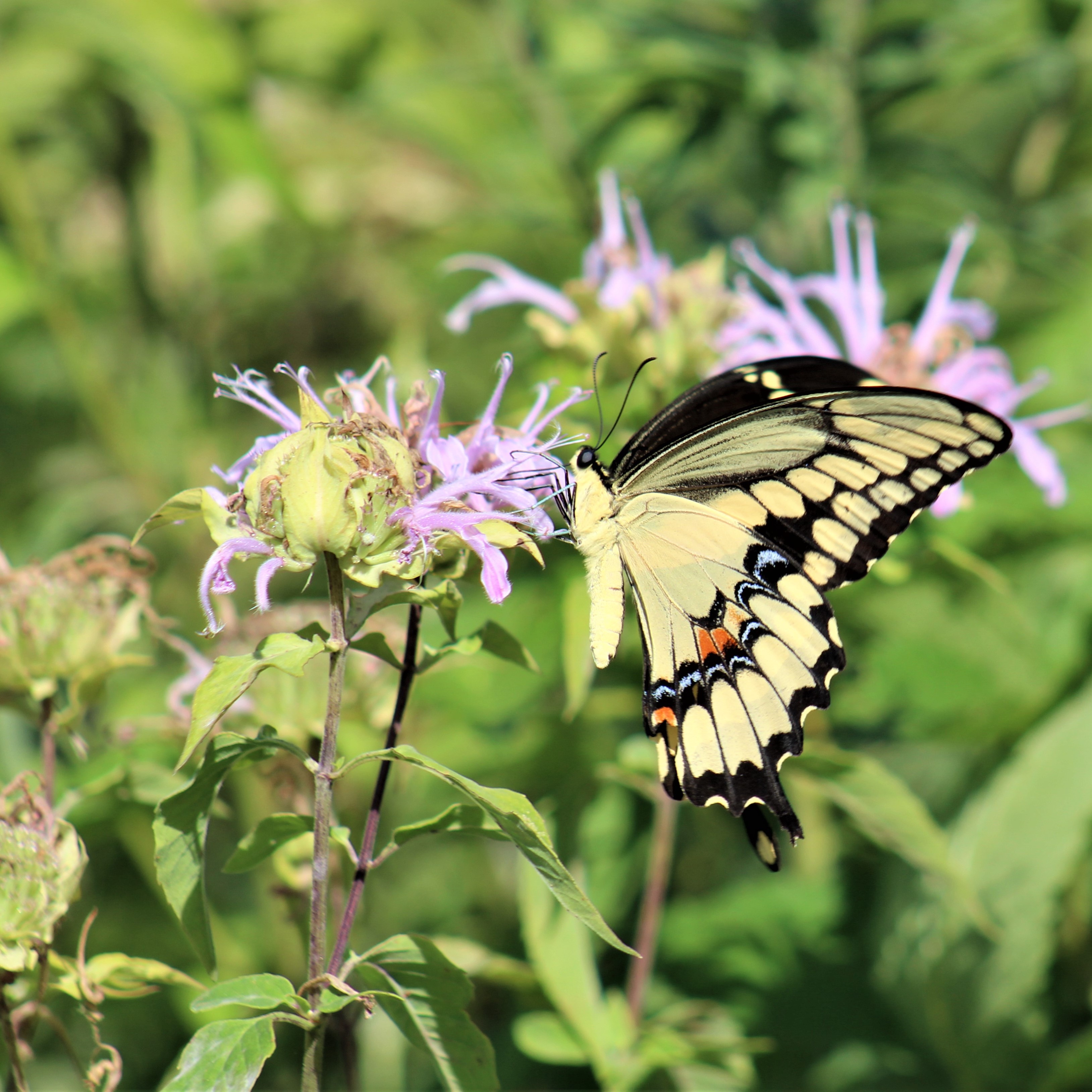
What is pollination? In simple terms, it is how insects, birds, bats, and others help plants to make seeds. Pollen is transferred from the anther (male part) to the stigma (female part) of the plant and becomes fertilized. Flowers with bright colors are visited most often by daytime pollinators. Fragrant flowers are important for the nighttime pollinators. Some plants are detailed with variations in lines, pathways, and twists to direct the pollinator toward the nectar and to come into contact with the pollen. The nectar is the reward for the pollinator. Once the pollinator flies or crawls into the flower, pollen is collected on the body, legs, mouth, or antennae. The pollen is then taken to the next flowers visited by the pollinator.
Who are some of the pollinators in Iowa? The most common pollinators are bees (including honeybees), wasps, butterflies (like the monarch), moths, longhorn beetles, hoverflies, and hummingbirds. Honeybees and monarchs are frequently talked about with the decline of pollinator populations. Iowa native bees (several species) are just as important when it comes to the plant pollination. Our native insects seem to be a bit more resistant to parasites.
Native bees and mimics are capable of extensive pollinating services, but have different habits. Unfortunately, many of these bees and insects are seen as pests and some try to destroy them rather than understanding their ‘job’ or niche in our life. Our pollinators are decreasing in numbers due to many factors. Habitat loss is always the first and foremost reason of any decline, pesticide use, and disease are also disastrous factors. According to the USDA, "Three-fourths of the world’s flowering plants and about 35 percent of the world’s food crops depend on animal pollinators to reproduce. Some scientists estimate that one out of every three bites of food we eat exists because of animal pollinators like bees, butterflies and moths, birds and bats, and beetles and other insects."
Still sipping on that tea, and I’m beginning to see this article could go on forever. On that note, I will leave you with something to ponder. There is just so much importance to each individual life in our surroundings, whether it be a bee, bat, or bird. We know the basics, but what kind of favorite foods would you be missing without pollinators? Our produce section at the store and our farmer’s markets always has some of our favorites. Even our boxed grains and canned vegetables need pollinators. Here is a short list of things we may take for granted, whether they are local or tropical: apples, oranges, bananas, almonds, pumpkins, celery, broccoli, kiwi, onions, avocados, peaches, bananas, raspberries, cherries, pears, blueberries, cucumbers, cantaloupe... The list can go on and on. Some would lose out on their cocoa, tequila, and rum, and we would have less and less cotton and fibers for our clothing and dry goods. Come to think of it... that tea I am sipping with a teaspoon of honey would sure be missed.
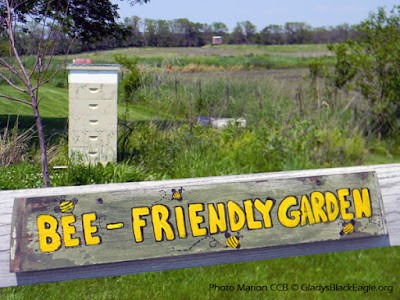
When managing any size of land, whether it is your yard, acreage, or farm, please consider all species of plants and wildlife that will utilize or benefit from your area. We can’t design a garden or landscape for one plant or animal only, all species must be considered. Everything becomes connected into its own ecosystem. Planting gardens, butterfly gardens, rain gardens, bee boxes, and less use of pesticides in and around your home may pay off in the long run.
Each spring begins the work of our first pollinating plants and insects that have waited all winter. Most of the woodland species seem to be in abundance, but prairies and other habitats do not show a heavy bloom time until mid-summer to late fall. Considering plants that will bloom in your yard throughout the growing season is the key to lengthy and healthy pollination.
View the "Pollinators" album in Google Photos for important plants and examples of pollinators!
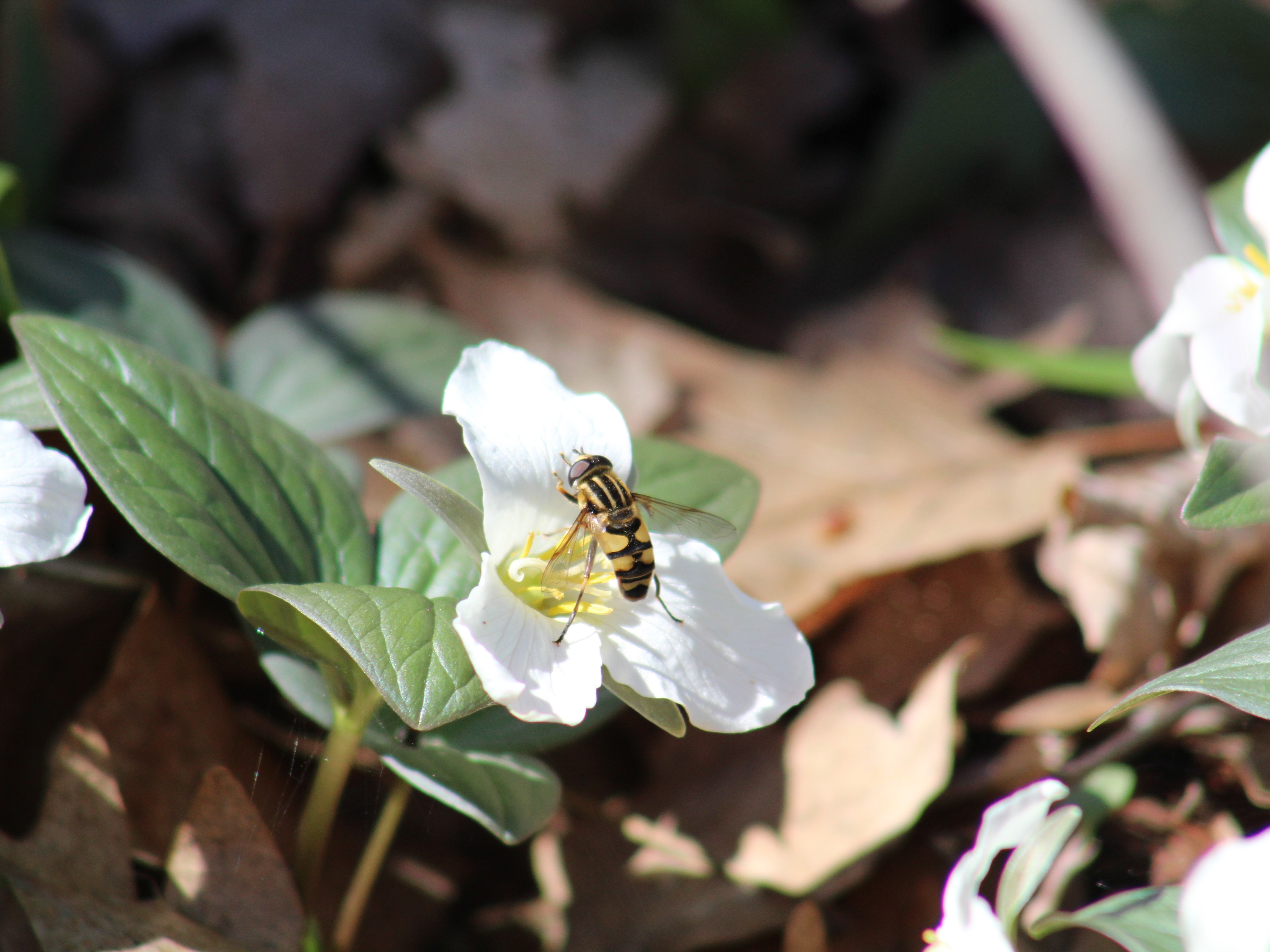
Links for more learning!
- Plant Grow Fly
- Managing Roadsides for Bees and Butterflies
- Plant Lists for Wildlife: Midwest
- Native Pollinator
- Iowa State University Extension and Outreach Promote Pollinator Habitat
- Attracting Native Pollinators
- Iowa State University Extension and Outreach Pollinators in the Garden (opens as PDF)
- Pollinator Partnership, The Pollinator Prairie
- You're worrying about the wrong bees, Wired.com, 4/29/15
- Pollinator Facts, Neal Smith National Wildlife Refuge
- The Simple Truth: We Can't Live without Them, USDA Forest Service (PDF)
- In the Tallgrass. A short animated film (Vimeo) about exploring the insect world hidden in an Iowa tallgrass prairie.
published Monday, June 1, 2020
